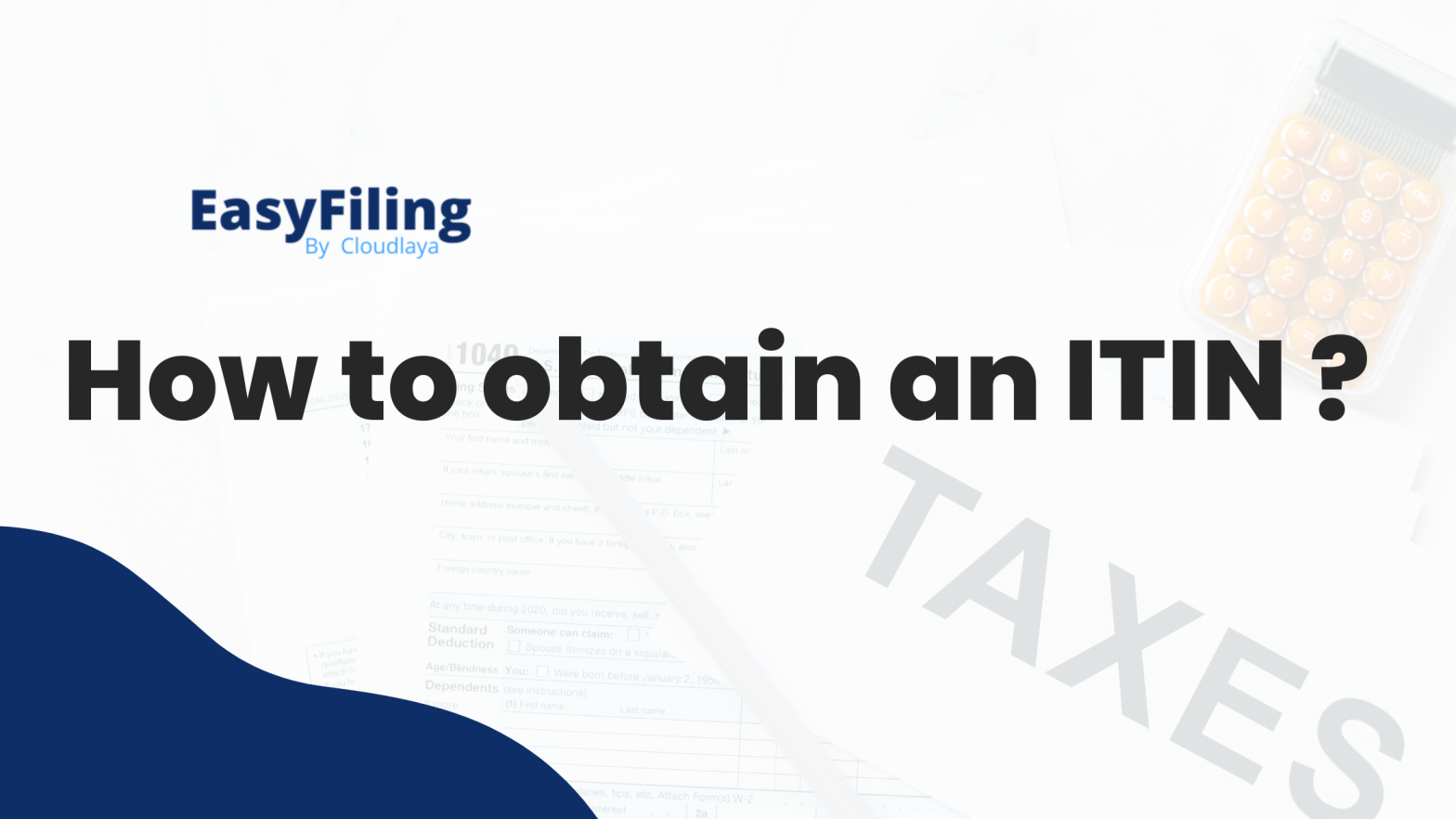The S Corporation (S Corp) is a business model that is ideal for small and medium-sized enterprises (SMEs). For many entrepreneurs, the S Corp model has much to offer in terms of operational and tax flexibility along with liability cover.
Let’s explore the top 7 benefits of an S Corporation business structure with examples and practical reasons as to why this structure can be the most favorable for your business.
1. Pass-Through Taxation
One of the most distinguishing features of an S Corporation is pass-through taxation, which is the taxation of income only at the shareholders’ tax rates. Under this arrangement, the corporation income is subject to dual taxation as seen with C Corporations, wherein profits are taxed at the corporate level and again at the personal level when distributed to shareholders.
- How it works: In an S Corp, all income, losses, deductions, and credits of the business are proportional to the number of shareholders. These amounts are hereby included in their income and taxed as part of their income.
- No corporate-level taxes: This means that there is no need for the business to report and pay taxes at the federal level.
For example:
A shareholder that owns 70% of the stock of an S Corp, which has a net income of $300,000 in July, July reports $210,000 as the owner’s regular income, meaning $210,000 in income gets taxed once. This type of structure allows income to be taxed only once, and in most cases, at lower rates.
This method is especially useful for firms that aim to lower their taxable amount, all the while retaining the benefits of a corporate structure.
2. Limited Liability Protection
Just like a C Corporation, an S Corp gives shareholders limited liability protection.
- What this means: Shareholders are not in any way accountable for the debts or legal obligations of the company. Their wealth, in terms of houses, cars, and even savings, remains safe from law courts and creditors over issues related to the company.
- This means that entrepreneurs can risk going into business without fear of losing their financial security.
However, this protection might be lost if one fails to adhere to the restrictions on corporate matters such as the separation of business and personal finance and record keeping.
For example:
This means that if an S Corp has debts amounting to 500,000 dollars, and is unable to repay them, its shareholders’ family wealth cannot be touched by the creditors to recover the debts.
3. Self-Employment Tax Savings
A further notable economic prosperity with S Corp is about reduction of self-employment taxes.
- How it works: Similarly, employee shareholders can divide their income into two parts, one, the reasonable salary that will be liable to the Social Security and Medicare taxes (employers to deduct tax at source) and, the second, distributions of profits which will not be liable for these taxes.
- The careful allocation of income lets the owners of the S Corp save thousands of dollars every year quite easily.
For example:
- If the S Corp had made a profit of $150,000, the shareholder would take $80,000 as a wage and leave $70,000 as distributions.
- The payroll taxes (15.3% for Social Security and Medicare) would apply fully on the salary of $80,000 and less the $10,700 owner on the $70,000 classified as distributions.
Important note: The salary portion should, however, be reasonable or ‘reasonable’. The salary will be entirely based on industry standards or job descriptions.
4. Enhanced Credibility and Professional Image
The registered business will create an image or add a professional touch that includes the S Corp in the name.
Why this is important:
- Most clients, vendors, or investors will tend to trust incorporated businesses more than sole proprietors or general partnerships.
- An “Inc.” or corporation structure allows for an impression of professionalism which in turn builds confidence in stakeholders.
This added confidence can result in:
- Funding opportunities becoming less constrained.
- Suppliers are willing to partner up even more.
- An upper hand in contesting bigger projects.
For example:
An S Corp running a consulting firm may find it easier for such larger businesses to give them a contract since they prefer incorporated businesses.
5. Ease of Ownership Transfer
It’s easier to sell and transfer ownership of S Corps i.e. stock companies as compared with one or a few individual owners or partners.
- How this works: An S Corp has shareholdings, so if one owner stops working, their shares can be sold, transferred, or passed on to their heirs without causing any issues to the activities of the business.
- This kind of variation guarantees that the company can function even if there are changes in shareholders.
For example:
If a person holding shares of an s corporation accepts in retirement, their minority interest need not be sold with the enterprise. They can sell their stock to any eligible person or corporation.
This is a big advantage, especially for companies trying to manage succession planning or to raise capital as it gives stability to the situation.
6. Tax Benefits Through the Qualified Business Income (QBI) Deduction
The owners might take advantage of the Qualified Business Income (QBI) Deduction introduced in taxation under the Tax Cuts and Jobs Act (TCJA). Those S-corp owners who qualify will have this as their defense.
- What it offers: Up to 20 percent of the income from business activity of the qualified business is potentially taxable from the few qualifying owners.
- This applies to all pass-through entities including s corps; thus it’s a massive tax relief opportunity.
For example:
If an owner of an s corporation has realized $100,000 in earnings as qualified business income, maybe this owner can declare $20,000 in qualified business income deduction, such that the taxable amount will be $80,000.
This brings great relief to service-oriented businesses and self-employed individuals as they can save a good amount of tax every year by thousands of dollars.
7. Access to Tax-Advantaged Retirement Plans
S Corp is always beneficial in the sense that shareholders and owners have access to these plans which are tax deductible and are always beneficial for the company and its shareholders.
The following options are available:
- 401(k): The shareholders are allowed to make an annual contribution of up to $22,500 which is $30,000 for shareholders aged above 50 years.
- Simplified Employee Pension IRAs: It allows the sponsors of the plan to contribute the amount which will be 25% of the compensation and the upper limit is $66,000 which is expected to rise to that value in 2024.
Tax advantages: Also these plans have the added advantage that the shareholders make their contributions before taxes and therefore their taxable income is reduced which is again good for the shareholders.
For example:
As such, if Mr. Smith is an endowed S Corporation shareholder with a salary of over $100,000 only $80,000 the income level for taxation is based on the individual’s level contribution to a SEPI and this can be as high as $20,000. This makes it possible to not only establish a retirement plan but also cut back on current taxes.
By the same token, it would also help to attract and retain qualified employees thereby improving the position of the business in the employment marketplace.
When Should You Choose an S Corp?
An S Corporation is suitable for such:
- Small to medium-sized enterprises seeking a lower tax burden while protecting against liabilities.
- Business owners want an image that is formal, and more professional in terms of widening opportunities with the potential of contracts, especially with most investors.
- Businesses that intend to expand, change hands, or have a planned succession.
To qualify for S Corporations, however, your incorporation must satisfy specific conditions, including a limit of 100 stockholders, one type of stock, and approval of stockholders as U.S. citizens or residents.
Final Thoughts
All the features, tax advantages, liability protection, and easy operations, of S Corporations make them a very popular choice among business owners. S Corporations are structured to take advantage of pass-through taxation, saving self-employment tax, and options to add retirement, which all minimize tax obligations and secure a business.
But, there are also requirements and limitations, including a maximum number of shareholders and the nature of shareholders, applicable to this structure. It is advisable to discuss your plans with a tax or legal consultant before considering whether the S Corporation status is appropriate for your business.
Would you like step-by-step instructions on how to create an S Corp, or would you rather evaluate it against alternative forms such as LLCs or C Corporations?
File Your LLC Today
25$ off with a coupon
Lock in EasyFiling's transparent rates and get lifetime compliance support at no extra cost.
Get Started Now







